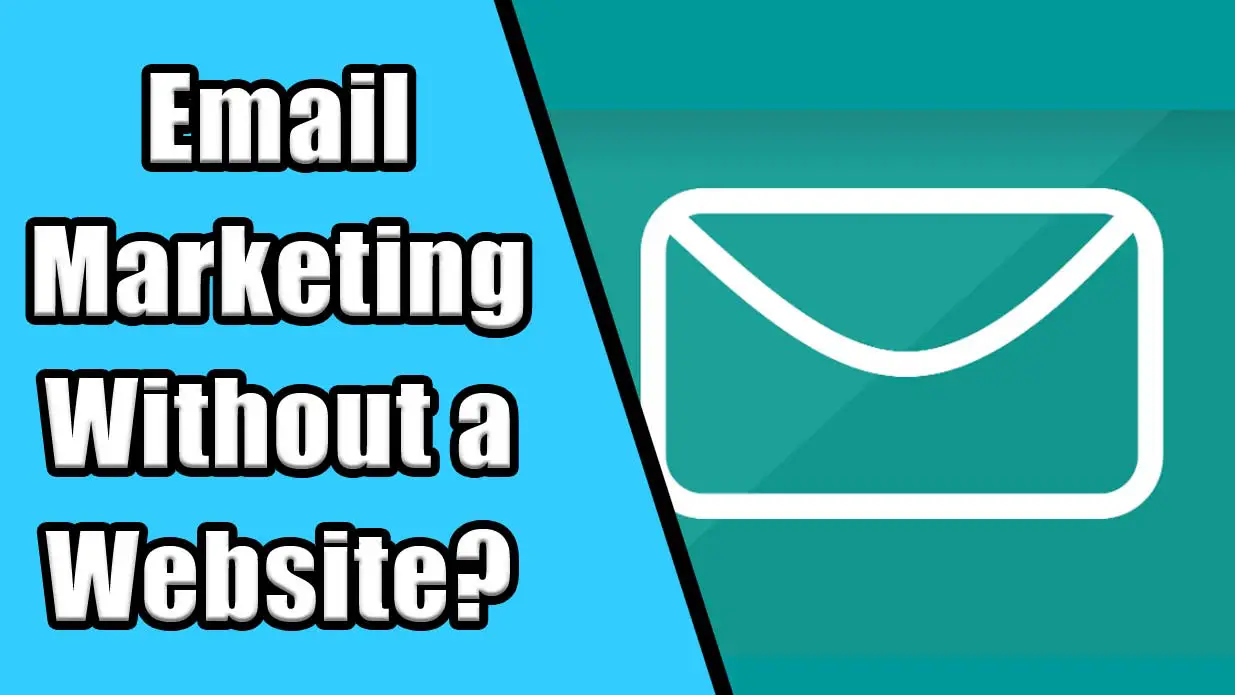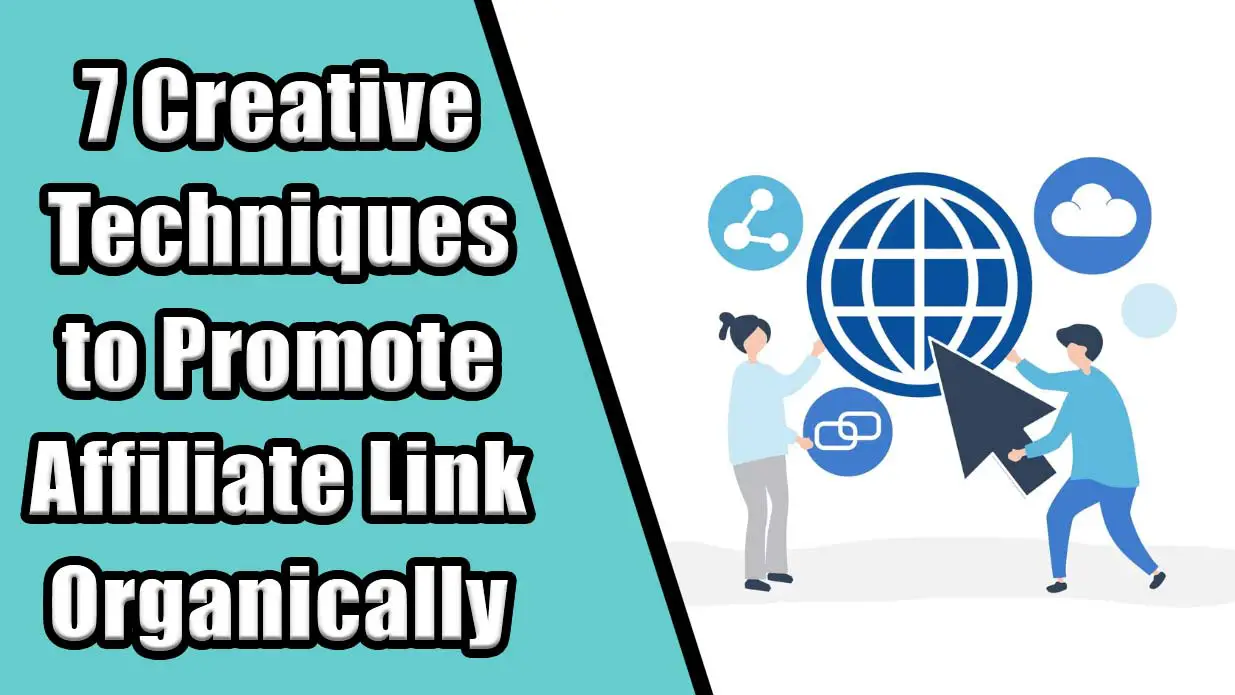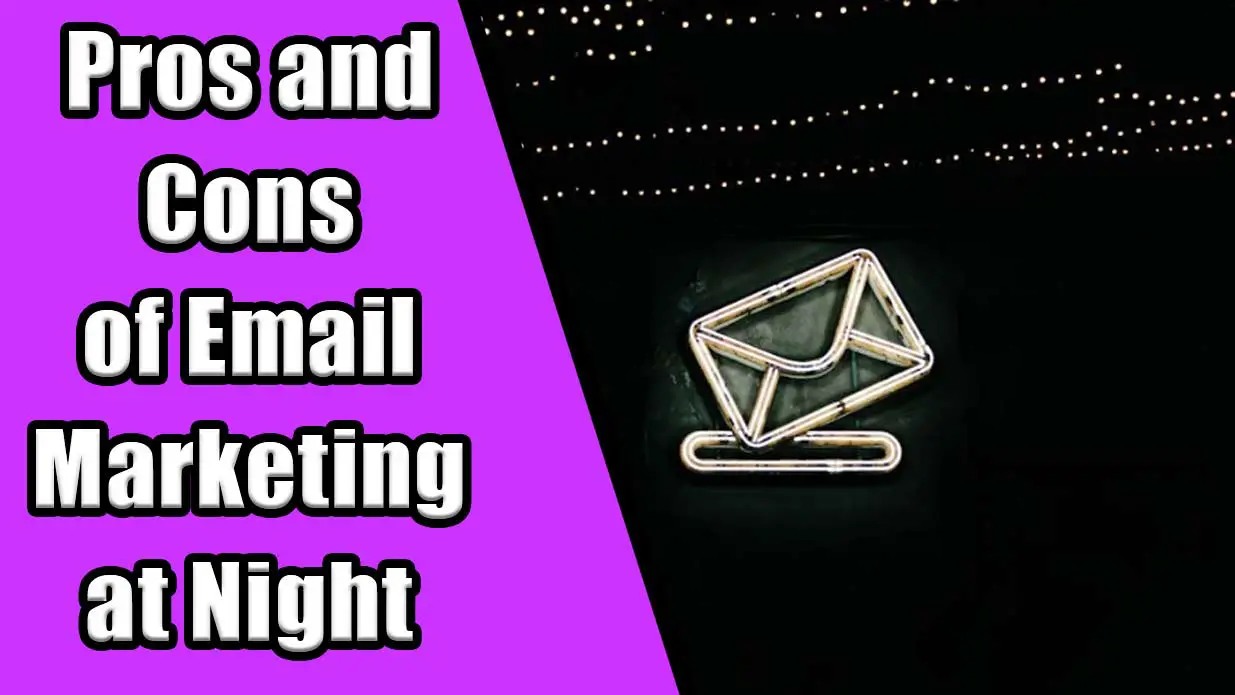What is Content Marketing? Benefits, Best Practices. [2025 Guide]

Showing ads isn’t enough to grab people’s attention. Studies show that the average person sees 6,000 to 10,000 ads daily. Experts call this “ad fatigue.” Most ads are now ignored. So, how can your business cut through the noise and truly connect with its audience? The answer is in content marketing. It’s a strategy that offers valuable, engaging, relevant content. It attracts people without directly selling to them.
But what exactly is content marketing, and why has it become even more critical in 2025?
With shifting consumer habits and better search algorithms, content marketing is key to successful digital strategies. It meets a growing demand for authenticity. This guide will explain content marketing. It is vital for your business. We’ll show you how to use it to grow your audience and beat your competition.
What is Content Marketing?
Content marketing reaches people by creating and sharing helpful content instead of just trying to sell something. This content could be blog posts, videos, podcasts, or social media updates. The main goal? To give your audience information that helps them solve a problem or learn something new.
At its core, content marketing is all about building trust and relationships. When you consistently provide value, your audience sees you as a trusted source. Over time, this connection helps turn potential customers into loyal ones. It’s not about quick sales—building long-term loyalty by giving, not just asking.
Why is Content Marketing Important in 2025?
As we move into 2025, content marketing has become more critical than ever. Why? Because people are more thoughtful about the choices they make online. They don’t just want to be sold to; they want helpful information that guides their decisions. That’s where content marketing shines.
In 2025, with so many companies competing for attention, content marketing helps you stand out by offering real value. It’s no longer enough just to run ads or send emails. To win in today’s market, you need to be the brand that educates, entertains, and solves problems for your audience. Plus, with tools like AI and personalized content on the rise, businesses can now deliver even more tailored and engaging experiences to their audience.
In short, content marketing isn’t just a nice-to-have anymore—it’s a must-have for any business looking to grow in 2025.
Critical Components of Content Marketing

Successful content marketing isn’t just about creating random content and hoping for the best. It requires a few key components that work together to achieve your goals. Let’s break them down:
- Audience Understanding: The first step is knowing who you’re talking to. What are their needs, pain points, and interests? Understanding your audience allows you to create content that speaks directly to them.
- Valuable Content: Your content must be helpful, informative, or entertaining. If it does not add value, people won’t engage with it. Whether it’s a blog post, video, or social media update, ensure it offers something your audience can use.
- Consistency: Content marketing is a long-term game. Posting once in a while won’t cut it. Consistently delivering valuable content builds trust and keeps your audience returning for more.
- Distribution Channels: Creating great content is only half the battle. You also need to make sure it reaches the right people. This means using the right platforms—social media, email, or your website—to get your content in front of your audience.
- Measurable Goals: You need to track how well your content is performing. Whether you aim to increase website traffic, boost social media engagement, or generate leads, ensure you’re measuring success and tweaking your strategy as needed.
Content Marketing and SEO
Content marketing and SEO (Search Engine Optimization) go hand in hand. You’re missing out on a massive opportunity if you create great content nobody can find. This is where SEO comes in—it helps your content rank higher in search engine results, making it easier for people to discover.
- Keyword Integration: Using the right keywords—the terms your audience is searching for—increases the chances of your content being found. It is important to use these keywords naturally throughout your content, not force them in.
- Fresh, Relevant Content: Search engines love fresh content. Regularly updating your blog or website with new articles, guides, or videos helps signal to search engines that your site is active and relevant.
- Backlinks: High-quality content is more likely to be shared and linked to by others. These backlinks (links from other sites to yours) significantly boost your SEO rankings.
- User Experience: SEO isn’t just about keywords—it’s also about how user-friendly your content is. Simple navigation, fast load times, and easy-to-read articles contribute to better search engine rankings.
In short, content marketing fuels SEO by providing the high-quality content that search engines are looking for. When done right, it helps bring more organic traffic to your site, which means more potential customers discover your business.
Best Practices for Effective Content Marketing
To maximize your content marketing efforts, follow a few key best practices. These tried-and-true methods can help your content stand out and truly connect with your audience.
- Know Your Audience: Relevant content can only be created if you know who you’re making it for. Take the time to research your audience’s interests, challenges, and needs. Use this information to craft content that speaks directly to them.
- Focus on Quality, Not Quantity: It’s tempting to pump out lots of content, but quality always wins over quantity. A few well-researched, high-quality pieces of content will do more for your brand than a flood of mediocre posts.
- Be Consistent: Consistency builds trust. Whether you post weekly or monthly, stick to a schedule so your audience knows when to expect new content from you. Regularly publishing content also keeps your brand at the top of your mind.
- Create a Variety of Content: Don’t just stick to one format. Mix it with blog posts, videos, infographics, and social media posts. This keeps your content fresh and allows you to reach people on different platforms.
- Optimize for Search: SEO isn’t just a technical term—it’s a way to ensure your content gets seen. Use relevant keywords, write clear meta descriptions, and ensure your content is easy to read by humans and search engines.
- Engage with Your Audience: Content marketing isn’t a one-way street. Encourage your audience to leave comments, ask questions, and share your content. Respond to them and create a sense of community around your brand.
- Measure and Adjust: Use analytics tools to see how your content is performing. Is it driving traffic? Are people engaging with it? Use these insights to refine your strategy and improve future content.
Examples of Successful Content Marketing
Many brands have mastered the art of content marketing by focusing on providing value and telling great stories.
- Red Bull: Red Bull is more than just an energy drink company; it’s a media powerhouse. Their content marketing strategy focuses on creating extreme sports and adventure content that aligns perfectly with their brand image. Whether it’s videos of athletes performing daring stunts or documentaries about sports culture, Red Bull has built a lifestyle brand through content.
- HubSpot: HubSpot is an excellent example of using content to educate and inform. They create in-depth blog posts, guides, and free tools that help businesses improve their marketing efforts. By offering valuable resources, they’ve positioned themselves as an authority in marketing, attracting a large audience of business owners and marketers.
- GoPro: GoPro’s content marketing strategy focuses on user-generated content. They encourage their customers to share videos of their adventures using GoPro cameras, which they then feature on their social media channels. This showcases their product in action and builds a community of engaged users who are passionate about the brand.
- Cleveland Clinic: Cleveland Clinic creates health-focused blog posts and articles that provide helpful, actionable advice to people searching for medical information. Their content isn’t about selling services but building trust by helping people take better care of their health. As a result, they’ve become a trusted source of medical information online.
When done right, these brands show how content marketing can go beyond selling a product—it can build a community, create trust, and establish a brand as a leader in its field.
Content Marketing Across the Customer Journey
Content marketing is about more than just getting people to notice your brand. It’s about guiding them through every step of their journey, from when they hear about you to where they become loyal customers. Let’s break it down:
- Awareness Stage: This is where your audience is just discovering you. They may not even realize they have a problem yet, so your content needs to focus on educating and offering helpful information. Blog posts, how-to guides, and social media content work well here. The goal is to capture attention and provide value without asking for anything in return.
- Consideration Stage: At this point, potential customers are aware of their problem and are looking for solutions. Your content should help them understand why your product or service is the right fit. Case studies, comparison guides, and product videos are helpful during this stage. You’re positioning yourself as the best option without pushing too hard.
- Decision Stage: Now, the customer is ready to purchase. This is where your content can directly show why your brand is the best choice. Use product demos, customer testimonials, and in-depth guides to highlight the benefits of your product or service. This content should reinforce trust and show how you can solve their problem effectively.
- Retention and Loyalty Stage: After someone becomes a customer, your content shouldn’t stop. It would help if you kept them engaged and satisfied. This stage involves follow-up emails, tutorials, or exclusive offers. The goal is to build loyalty so they keep returning and even recommend you to others.
Emerging Trends in Content Marketing (2025 and Beyond)
As content marketing evolves, staying on top of emerging trends is vital to keep your strategy fresh.
- AI-Generated Content: While human-driven content remains king, AI makes its mark by assisting with idea generation, content optimization, and data-driven insights. AI tools can help speed up content creation and ensure it’s personalized, but the human touch is still crucial for connecting emotionally with an audience.
- Interactive Content: Static content is excellent, but interactive content—like quizzes, polls, and videos—is becoming more popular. It encourages engagement and keeps your audience involved, which can lead to higher conversion rates.
- Personalization: Audiences now expect content tailored to their specific needs and interests. Thanks to advances in data collection, brands can create hyper-personalized content that resonates with individual users. Personalized emails, product recommendations, and dynamic website content will be critical players in 2025.
- Short-Form Video: Platforms like TikTok and Instagram Reels have shown the power of short-form video content. People want bite-sized information that’s easy to consume on the go. Brands that can create engaging, to-the-point video content will thrive in the coming years.
- Sustainability and Ethical Marketing: Consumers are increasingly drawn to brands that reflect their values, especially regarding sustainability and ethical practices. Highlighting your brand’s commitment to social issues or eco-friendly practices through your content can help build a deeper connection with your audience.
Challenges of Content Marketing
As powerful as content marketing can be, it comes with its own set of challenges. Here are some common obstacles businesses face:
- Content Overload: The internet is flooded with content, making it harder to stand out. To cut through the noise, your content must be unique, high-quality, and targeted to your audience’s needs. Focus on value over volume.
- Time and Resource Management: Creating valuable content consistently takes time and effort. Many businesses need help to meet content demands, especially smaller ones with limited resources. The key is to create a realistic content plan that aligns with your available resources and stick to it.
- Measuring ROI: One of the biggest challenges in content marketing is tracking the return on investment (ROI). Tying specific content pieces directly to sales or leads can be difficult. Using analytics tools and setting clear goals can help you measure what’s working and what’s not.
- Staying Relevant: Trends and consumer preferences change quickly. What works today might not work next year. Staying ahead of trends and continually adapting your content strategy is essential for staying relevant.
- Balancing Quality and SEO: It’s important to create content that ranks well in search engines and connects with your audience on a human level. Finding the balance between SEO optimization and maintaining a natural, engaging voice can be tricky but is vital to content success.
Conclusion
Content marketing is more than just selling—it’s about building genuine connections with your audience. Creating valuable content that educates and engages is the key to standing out. From blog posts to videos, it’s all about offering something useful that keeps your brand at the top of your mind.
Yes, there are challenges—like staying relevant and measuring success—but content marketing can drive real growth with the right strategy. Focus on understanding your audience, delivering consistently, and embracing new trends to stay ahead. When done right, content marketing turns trust into loyalty and loyalty into success.

![Email Marketing for Small Business Complete Guide & Full Strategies [2025]](https://cpabishojit.com/wp-content/uploads/2024/10/Email-Marketing-for-Small-Business-Complete-Guide.jpg)




